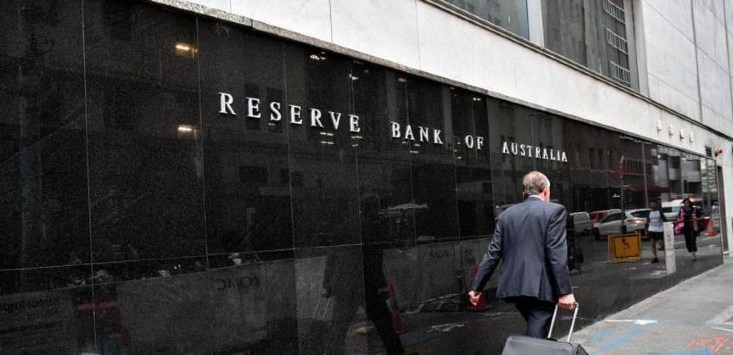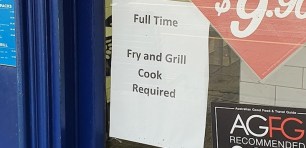
The Reserve Bank of Australia (RBA) has dropped a big hint that it will be winding back the pace of its $100 billion of quantitative easing program at its next board meeting in July, signalling a slow normalisation of monetary policy.
The July board meeting will decide if the target month for bond purchases to maintain the current 0.10% rate of April 2024 should be maintained or whether the three-year bond maturing in November of the same year should become the target. April would indicate the RBA still believes that unemployment will fall sufficiently by then to boost wages and lift inflation “sustainably” into the 2%-3% target range. Switching to November would indicate the bank does not think that will happen and more time is needed — an outcome that would damage its monetary policy standing and do no favours for the Morrison government’s current election stance.
The omission from yesterday’s post-meeting statement of a phrase from the May statement gives a hint that April remains the target. The phrase dropped was “the board is prepared to undertake further bond purchases to assist with progress towards the goals of full employment and inflation”.
The omission suggests greater confidence at the RBA in the economic outlook — though it may also reflect a steadying in bond yields since volatility earlier this year, as well as a steadying in the Aussie dollar, which has traded in a narrow range of 77-78 US cents for months now.
But yesterday’s statement repeats another phrase from May: “the board continues to place a high priority on a return to full employment.”
That should be kept in mind as both the bank and the government wait to see the length and impact of the current Victorian lockdown. Past short lockdowns in South Australia, Queensland, Western Australia and New South Wales have seen a slowing in retail sales especially and spending in areas such as takeaway, cafes, coffee, etc, but had little impact in sectors such as construction.
Construction continues to be buoyed by strong growth in house construction, even as closed borders crimp the new supply of apartments: house approvals rose 4.6% in April to a new record, while non-house dwelling approvals fell nearly 30%.
This morning’s strong March quarter GDP result of 1.8% growth, which lifts annual growth back into positive territory (1.1%) after last year’s recession, will confirm the RBA’s sentiment that it should be planning for a return to something like normality. Particularly welcome was that, in addition to strong iron ore and agricultural commodity exports, growth was driven by rising private investment and household demand, with a fall in the household savings rate. The RBA now wants that growth to persist and start translating into employment growth and for that growth to be strong enough to break the shackles on wages growth imposed by the government and business.
That’s why the RBA keeps repeating that phrase about full employment. Or, as the AMP’s chief economist Shane Oliver puts it in a slightly different context: “This almost certainly requires unemployment to have a four in front of it, but it may ultimately require a three in front of it.”
Even with strong GDP growth forecast through to 2023, the RBA still sees wages growth only struggling into the low twos by mid-2023. That’s why, despite all the good economic news, the RBA continues to conclude its statements noting that an increase in interest “is unlikely to be until 2024 at the earliest”.
The only news the Reserve Bank is interested in is wages.
This article was first published by Crikey.
Handpicked for you

Are snap lockdowns the best way to manage COVID-19 outbreaks, and what can state and federal governments do differently?



COMMENTS
SmartCompany is committed to hosting lively discussions. Help us keep the conversation useful, interesting and welcoming. We aim to publish comments quickly in the interest of promoting robust conversation, but we’re a small team and we deploy filters to protect against legal risk. Occasionally your comment may be held up while it is being reviewed, but we’re working as fast as we can to keep the conversation rolling.
The SmartCompany comment section is members-only content. Please subscribe to leave a comment.
The SmartCompany comment section is members-only content. Please login to leave a comment.